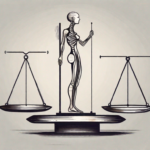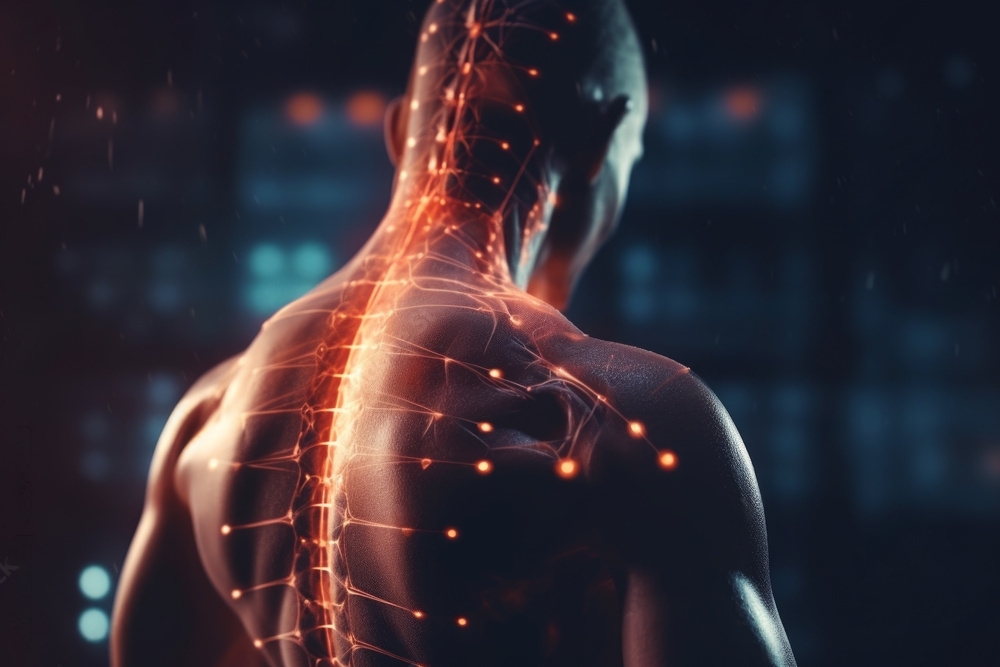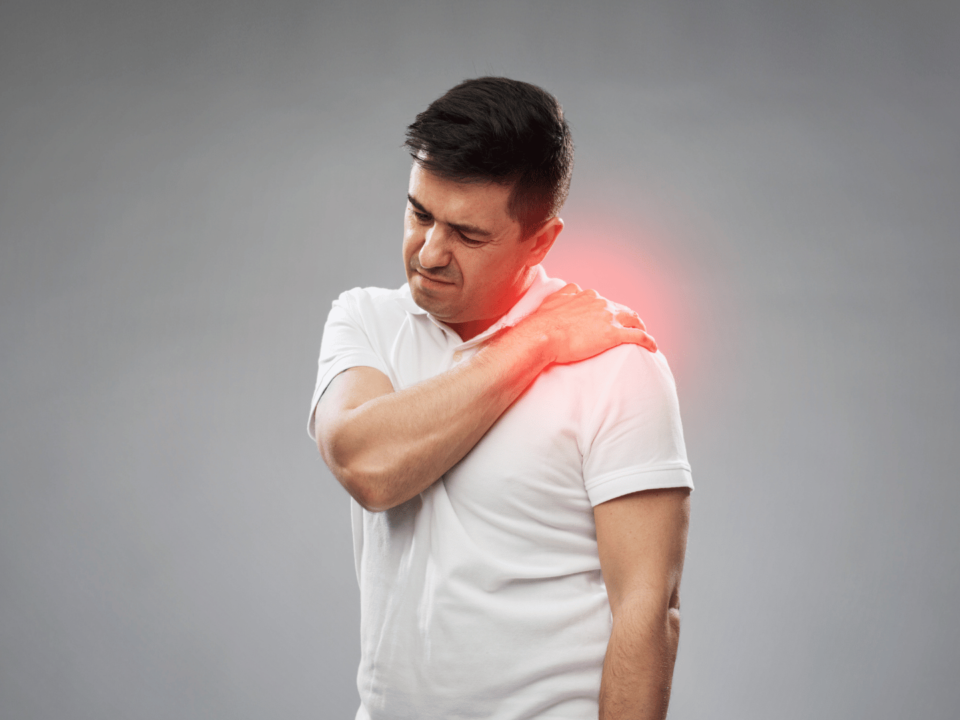
A Look Inside Open-Sided MRI: A Comfortable Path to Accurate Diagnoses
September 14, 2023
Balancing Act: How the Spinal Column Supports Our Upright Posture
September 14, 2023Network Spinal (NS), previously known as Network Spinal Analysis (NSA), is a unique and innovative chiropractic technique focused on optimizing the body’s self-healing abilities. By addressing tension and energy patterns in the spine, Network Spinal helps improve physical, mental, and emotional well-being. In this blog post, we’ll explore what Network Spinal is, how it works, and the benefits it offers for holistic health.
What Is Network Spinal?
Network Spinal is a gentle, evidence-based chiropractic approach that integrates spinal adjustments with advanced neurological techniques. Developed by Dr. Donald Epstein, NS is designed to enhance the communication between the brain and body by reducing tension in the nervous system.
Unlike traditional chiropractic care, Network Spinal focuses less on spinal manipulation and more on strategic, gentle touches at specific points along the spine. These adjustments help the body recognize and release stored tension, promoting natural healing.
How Does Network Spinal Work?
Network Spinal is based on the concept that tension and energy stored in the spine can disrupt the body’s ability to function optimally. This tension may result from physical stress, emotional trauma, or mental overload.
Key Components of Network Spinal:
- Gentle Adjustments
- Light touches are applied at precise points on the spine to activate the body’s self-regulating mechanisms.
- Spinal Waves
- Patients often experience “spinal waves,” gentle undulations in the body that facilitate relaxation and release of tension.
- Reorganization of Patterns
- The body learns to reorganize tension patterns, leading to improved adaptability and resilience.
- Mind-Body Connection
- NS emphasizes the relationship between physical health and emotional well-being, enhancing overall quality of life.
Benefits of Network Spinal
Network Spinal offers numerous physical, emotional, and neurological benefits. Here are some of the most notable advantages:
- Enhanced Spinal Health
- Reduces tension and pain in the back, neck, and shoulders.
- Stress Reduction
- Calms the nervous system and promotes relaxation, reducing the effects of chronic stress.
- Improved Emotional Well-Being
- Encourages emotional release and fosters a sense of inner peace.
- Greater Energy Levels
- Helps the body conserve and redirect energy for healing and daily activities.
- Improved Posture and Mobility
- Realigns the spine and improves body awareness, leading to better posture and movement.
- Enhanced Adaptability
- Strengthens the body’s ability to respond to physical, emotional, and environmental stressors.
Who Can Benefit from Network Spinal?
Network Spinal is suitable for individuals of all ages and backgrounds, including:
- Those seeking relief from chronic pain or stress.
- Individuals dealing with trauma or emotional challenges.
- Athletes aiming to improve performance and recovery.
- Anyone looking to enhance their overall well-being and resilience.
What to Expect During a Network Spinal Session
A typical NS session is gentle, non-invasive, and deeply relaxing. Here’s what you can expect:
- Initial Assessment
- The practitioner evaluates your spinal alignment, tension patterns, and overall health.
- Gentle Adjustments
- Light touches are applied to specific spinal points to activate healing responses.
- Spinal Waves
- You may feel gentle waves of motion as the body begins to release tension.
- Post-Session Relaxation
- Many patients report feeling relaxed, energized, or emotionally uplifted after a session.
Scientific Support for Network Spinal
Research on Network Spinal highlights its effectiveness in enhancing overall health and wellness. Studies have shown improvements in:
- Stress reduction and emotional resilience.
- Energy efficiency and physical performance.
- Perceived quality of life and life satisfaction.
How to Find a Network Spinal Practitioner
If you’re interested in trying Network Spinal, follow these steps to find a qualified practitioner near you:
- Search Online Directories
- Use platforms like the Association for Network Care or local chiropractic associations.
- Check Credentials
- Ensure the practitioner is certified in Network Spinal techniques.
- Read Reviews
- Look for patient testimonials to gauge the quality of care.
- Schedule a Consultation
- Meet with the practitioner to discuss your goals and determine if NS is right for you.
Conclusion
Network Spinal offers a revolutionary approach to healing by addressing the mind-body connection through gentle spinal adjustments. Whether you’re seeking relief from pain, stress, or emotional challenges, NS provides a holistic pathway to enhanced well-being. With its growing popularity and strong foundation in science, Network Spinal is transforming lives and promoting health from the inside out.




